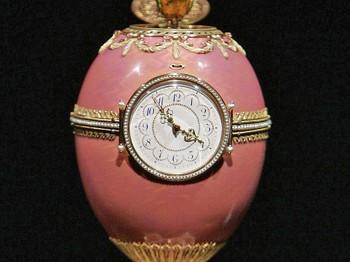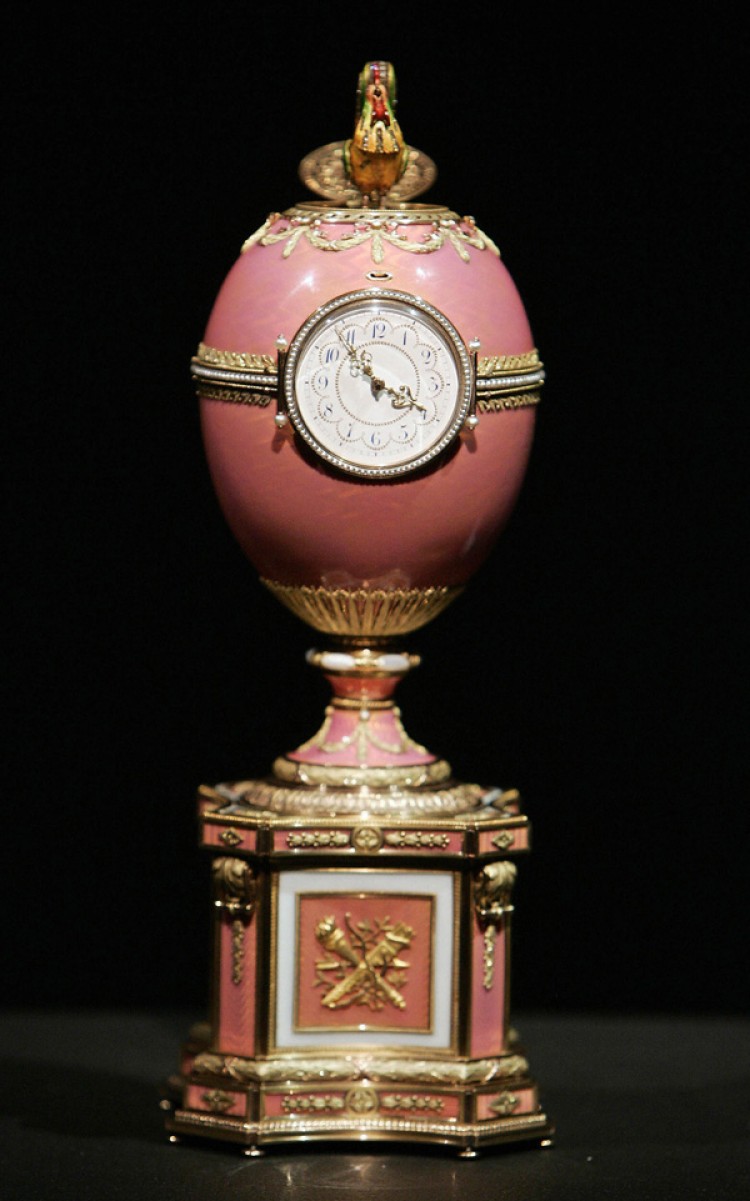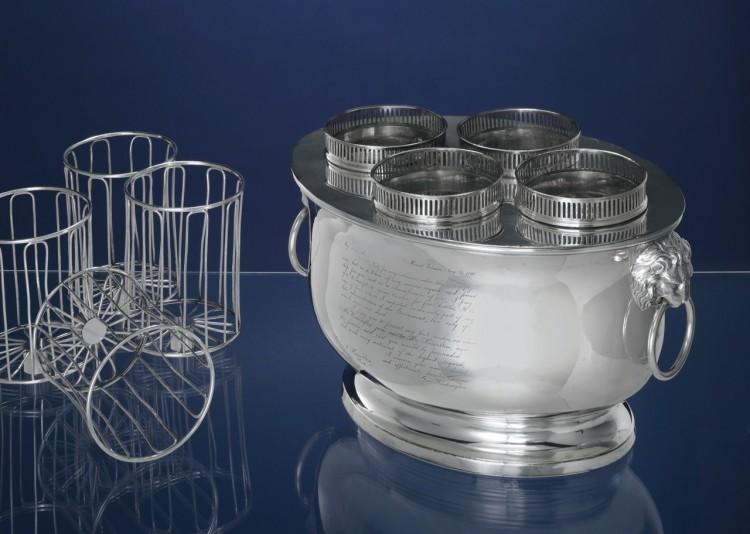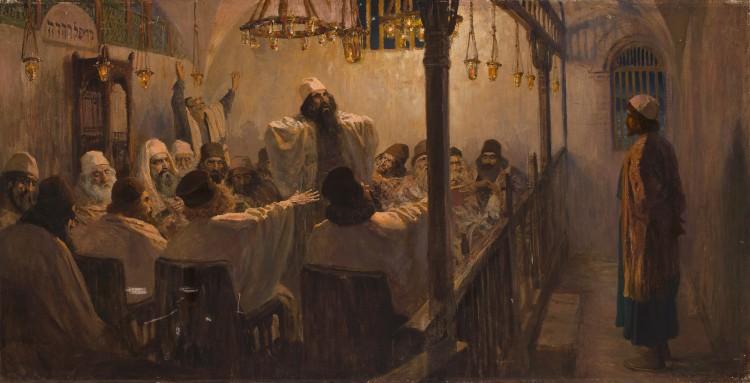Million-Dollar Nest Egg Discovered Missing
A hunt has started in Britain for an Easter egg worth £20 million (US$34 million), and the lucky owner has no idea of its value. Experts have said the Fabergé egg, lost for 90 years and then sold at auction in 1964, was not identified as being made by the famous Russian jeweler Peter Carl Fabergé.

ROTHSCHILDS EGG: A Faberge egg created for the Rothschilds in 1902 was sold in 2007 for US$18.5 million to the Russian National Museum. Shaun Curry/AFP/Getty Images
|Updated:




